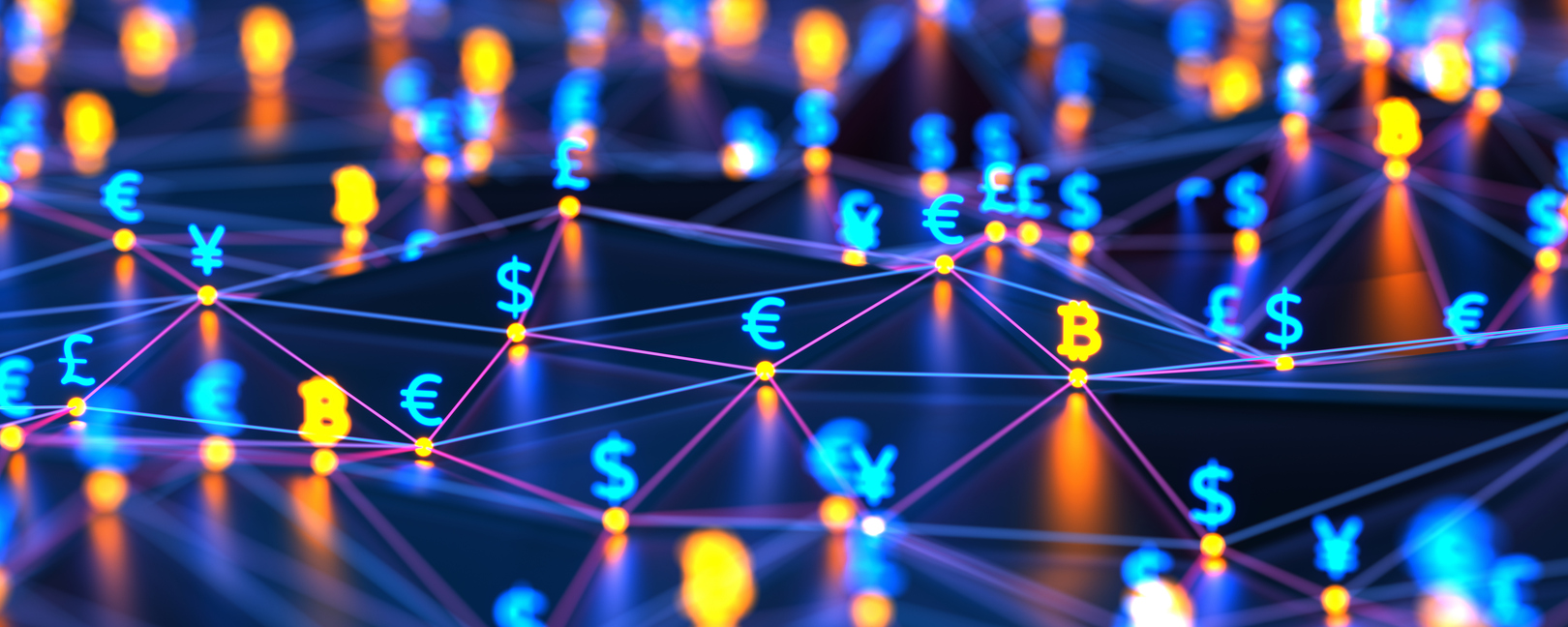Vietnam closes 86 million bank accounts that failed to provide biometric data

The State Bank of Vietnam (SBV) has ordered the closure of 86 million bank accounts whose owners failed to submit biometric data like fingerprints and facial scans, claiming this cracks down on fraud and cybercrime.
The purge leaves 113 million personal accounts and 711,000 organizational accounts active. According to Live Bitcoin News, the measure is also part of a push toward a cashless economy.
Even account holders considered verified still must submit biometric facial scans for online transfers above 10 million VND (about $379) or transactions above 20 million VND (or $758).
The decision comes after Thailand froze three million bank accounts last week, also as a supposed crackdown on fraud.
A New Banking Order?
Many say this underscores the importance of cryptocurrency, which is decentralized and cannot be seized by the government, though many governments have enacted laws that restrict its use.
Dr. Andrew Kaufman reacted to the news by warning that the bank account closures are part of a “New Banking Order” that is being imposed by governments worldwide through measures like central bank digital currency (CBDC).
A CBDC is a digital currency issued and governed by a central bank. A digital Canadian dollar, for example, would be issued by the Bank of Canada — though unlike cash, it could also be controlled by the BoC.
The Central Bank of Brazil has already given itself that capability. Drex, the digital real, has been designed with a hidden feature that allows the central bank to freeze taxpayers’ funds and adjust balances.
The International Monetary Fund (IMF) has urged central banks to design their CBDC with programmability, which allows the central bank to dictate where and how the currency is spent.
In April 2023, then-IMF Deputy Managing Director Bo Li expressed hope that programmability will be a feature of CBDCs.
“The third way we think CBDC can improve financial inclusion is through what we call programmability,” said Li. “That is, CBDC can allow government agencies and private sector players to program, to create smart contracts, to allow targeted policy functions. For example, welfare payments. For example, consumption coupons. For example, food stamps. By programming CBDC, those monies can be precisely targeted for what kind of people can own and what kind of use this money can be utilized, for example for food.”
At the World Economic Forum (WEF) Summer Davos conference in May 2023, Cornell Professor Eswar Prasad also advocated for programmability but presented a broader scenario.
“If you think about the benefits of digital money, there are huge potential gains. It’s not just about digital forms of physical currency. You can have programmability [like] units of central bank currency with expiry dates,” he said.
“You could have . . . a potentially better — or some people might see it, a darker — world, where the government decides that units of central bank money can be used to purchase some things but not other things that it deems less desirable, like say, ammunition or drugs or pornography or something of the sort. And that is very powerful in terms of the use of a CBDC.”
Dr. Kaufman also warned that the Federal Reserve’s FedNow system, launched in July 2023, shows that the “New Banking Order” is “coming to us as well.”
FedNow, which launched in July 2023, has been billed by the Fed as a “safe and efficient” instant payment service that allows the Fed to facilitate payments between bank customers and receive their transaction data. But its capabilities extend further.
How does FedNow work?
With FedNow, the Federal Reserve acts as a middleman in transactions between banks and credit unions. Before its rollout, transactions passed through a financial institution called a clearing house, which facilitated the payments. But as of July 2023, the clearing house has been replaced by the Federal Reserve for many banks.
For example, if John Doe wishes to pay a bill, he initiates the transaction as he previously did through an end-user platform like his banking app. John’s bank then sends the request to the Federal Reserve, which notifies the recipient’s bank that funds are about to be transferred. The central bank then gives the go-ahead to John’s bank to release the funds. The Federal Reserve then takes the funds from John’s bank and deposits them in the recipient’s bank. This all happens in the span of six seconds.
John is none the wiser that the Federal Reserve has not only just seen his transaction but has conducted it from beginning to end.
Federal Reserve can view and reject transactions
The Federal Reserve does not deny that it can view details on all transactions but says it is legally unable to reject transactions or access customers’ bank accounts.
However, the FedNow website states that the service does have “the ability to specify certain conditions under which transactions would be rejected, such as by account number (a ‘negative list’).” In other words, FedNow could order financial institutions to reject transactions involving certain accounts.
At least 57 banks and service providers, including JPMorgan Chase, Wells Fargo, and US Bancorp, have signed up for the service, meaning they use FedNow to conduct their customers’ transactions.


.jpg)

